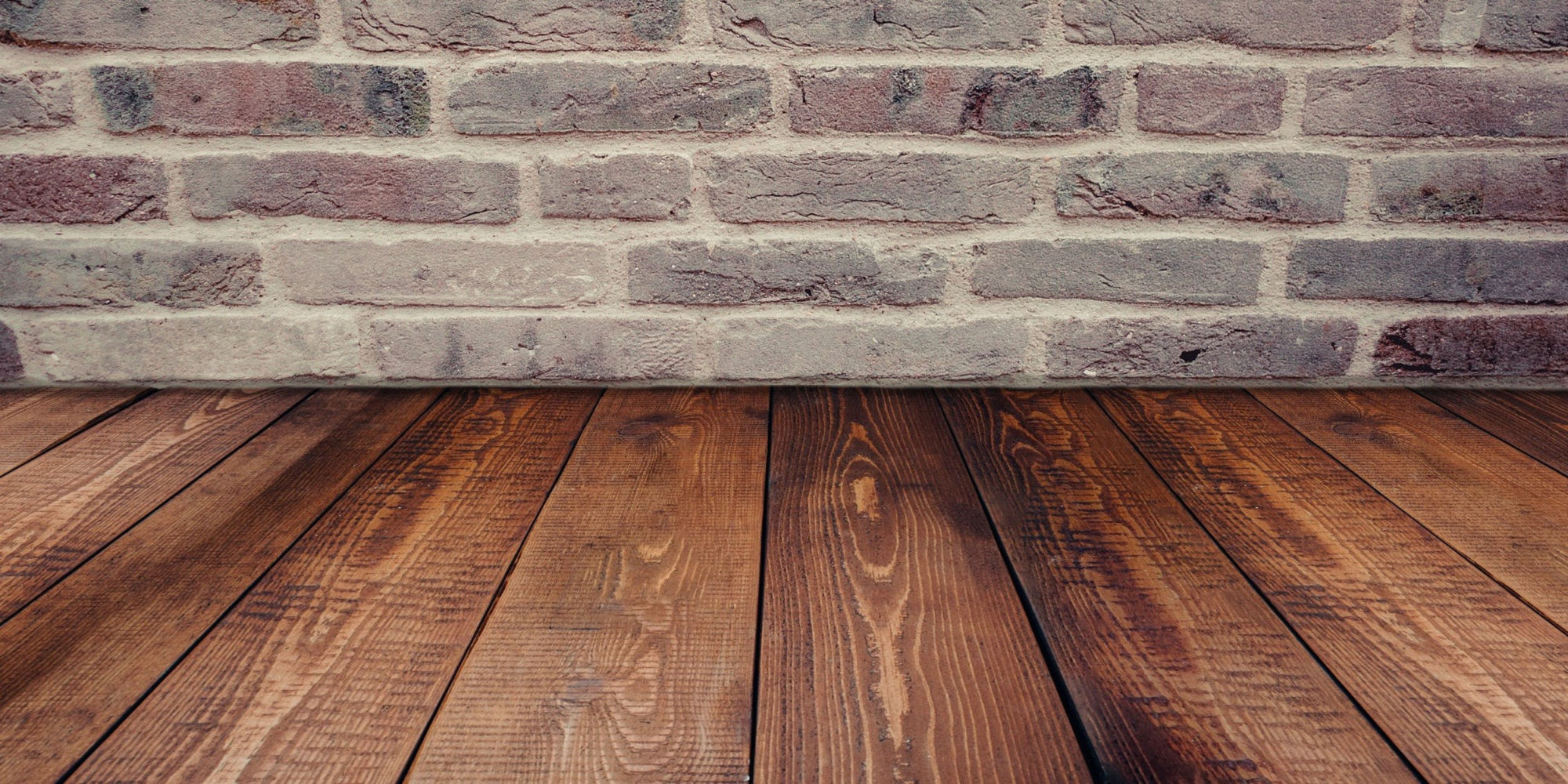Just like with most property decisions, choosing a floor design can be challenging. The basics of choosing the best floor involve three considerations. Know the kind of people who will regularly use it, as well as the weather in your location, and which areas will most likely be exposed to chemicals like as cooking oil or soap. Then there’s utility and vanity, secondary things that are worth pondering about. Once you have determined these factors, you can then consider the price points of your options.
Stone
Slate brings a unique look to one’s flooring, and this feature makes them ideal for several reasons. Being a natural material, they are resistant to abrasions. As far as temperature goes, the material adapts to below-surface heating systems, making them valuable to homeowners who are inclined to eco-friendly homes. However, price and installation will be a challenge for this choice. Since slate is a mineral, special stone-cutting tools will be needed. It is best to enlist the help of an expert to install them properly.
Besides slate, there are the other stone options that bear similar traits. Granite is known for its scratch-resistance and anti-stain properties, which makes it great for kitchens. Marble and limestone, on the other hand, are prone to stains and require sealing protection once every few years. These two are best suited for less-busy areas that show off their beauty and unique patterns.
Hardwood
Much like stone, the price of wood or hardwood varies between each available type. Maple, hickory, and oak hardwood are popular with homeowners as they are known for their beauty and durability. But just because everyone loves them does not mean the other wood types should be ignored. It all depends on what the surroundings of your home or property are. For example, Eucalyptus wood is known for its exotic looks but it might not resonate with every room.
While a lot of these are classified as hardwood, it should be noted that there are three types of hardwood to consider. Natural hardwood flooring is the most common type, and the design depends on the craftsmanship and the kind of tree it originated from. If you decide on going with this, just remember that it bears the advantages and disadvantages of wood in general— it is subject to deterioration, either from moisture or extreme temperatures.
The next type is known as engineered wood flooring, which is basically solid wood flooring with plywood as its core. It is less expensive than solid wood and is usually what heavy-duty shelves are made of. The last is laminate wood flooring, a lesser type that’s essentially false wood. This material is actually a high-density fiberboard covered with a protective coating, usually an image of varnished wood. It is generally weaker than the previous two, but it is ultimately cheaper.
Concrete
Polished concrete flooring is the very definition of plain elegance. While the term “concrete floors” seems generic and uninteresting, sometimes a clean, minimalist approach is the best option as opposed to something fancy and sophisticated. However, the quality of the concrete flooring depends on how much customers are willing to pay. Cheap cement would equal a clean, albeit rugged floor, while polished concrete flooring is prettier, more durable, and requires very little maintenance. Though the material is arguably less eco-friendly than wood, it is still a popular flooring preference with offices and studios who prefer cheap, non-tile surfaces for their workplace. Ideally, it is better to pair this type of flooring with carpets to mask its simplicity better while protecting it from cracks caused by rolling chairs.
Ceramic
No one is a stranger to ceramic floor tiles. It is a decent, all-around flooring option that is known for its water-resistant layers, colorfulness, and low-cost maintenance. Installation is a breeze when all one needs is patience, grout, and sealing products. Caring for them is more accessible than most other flooring types, and it is considered to be a superior choice for those who are in the market for something simple, yet flexible. Customers can choose from a variety of ceramic tile designs, some of which mimics the refined detail of wood and stone tiles.
Take your time in making the right decision, as extra floor work will set you back thousands of pesos if you are not careful. Don’t scrimp on the material, for even mildly damaged surfaces can make a difference in the long term morale of those residing in the area. Just because it looks pretty or affordable does not mean it is made for every room in the house.
![]()










